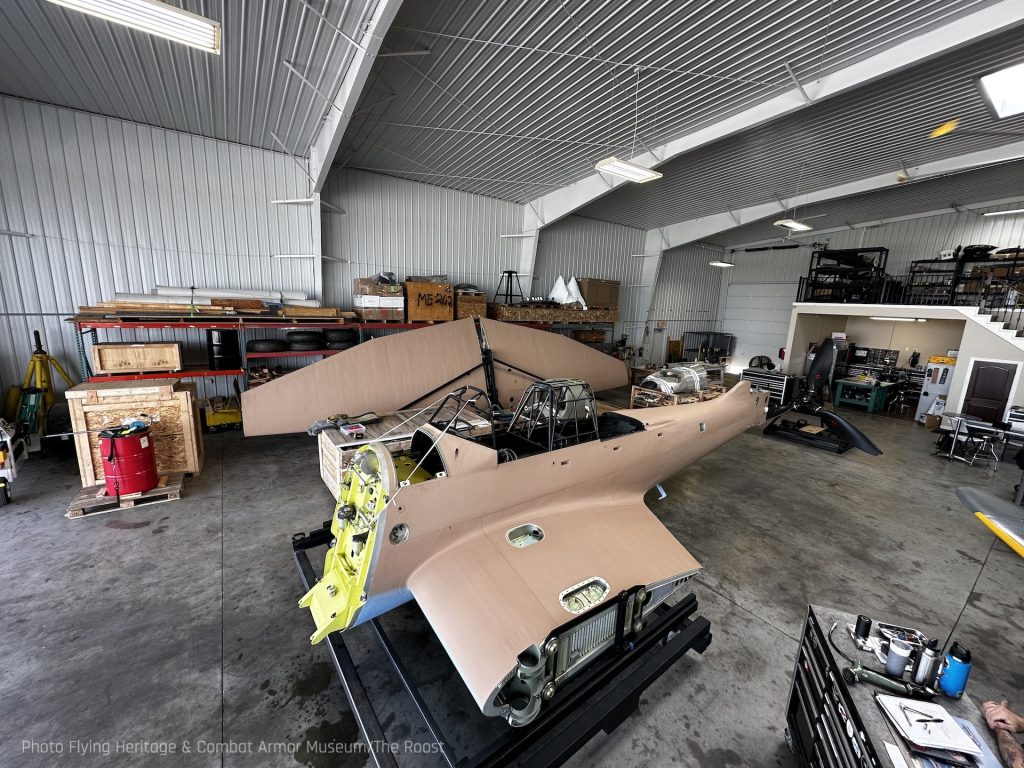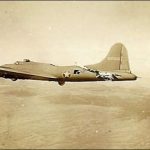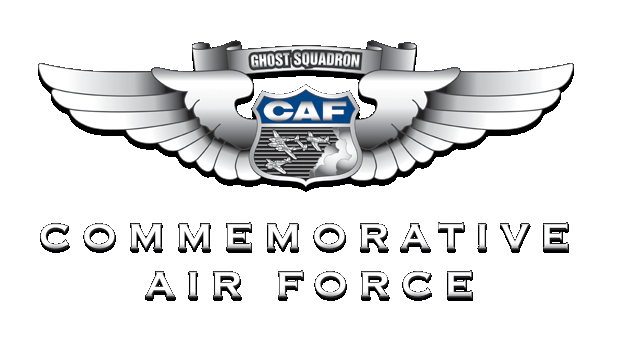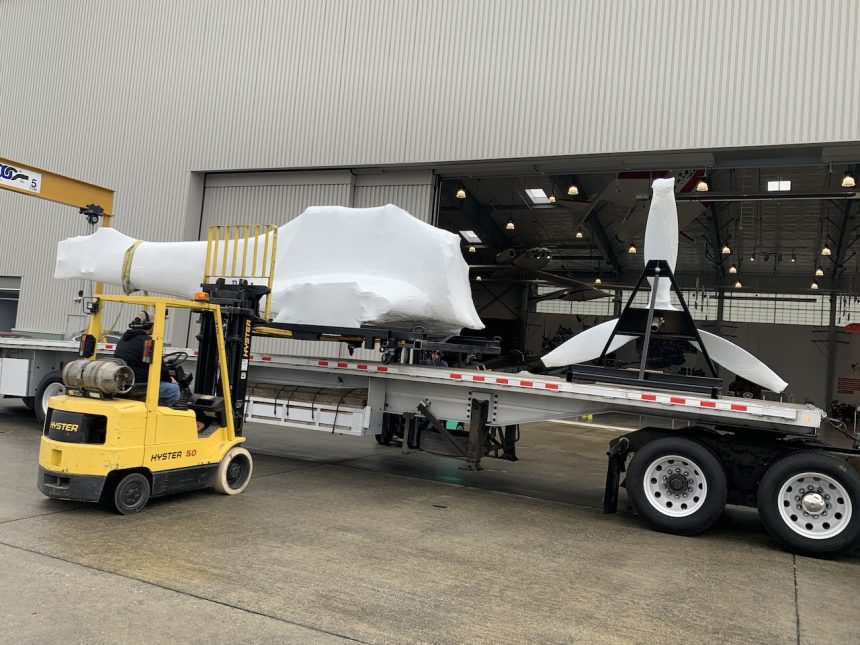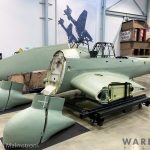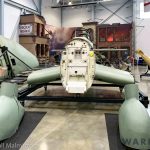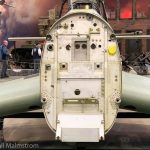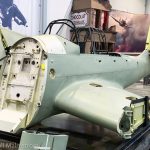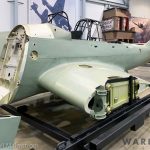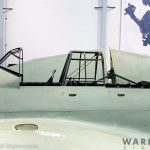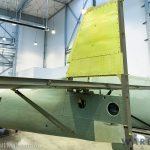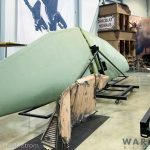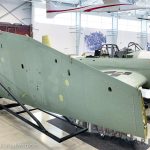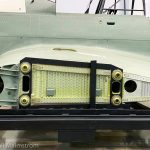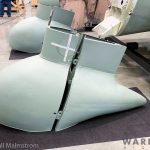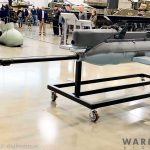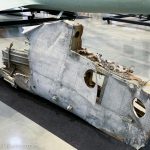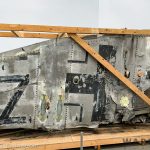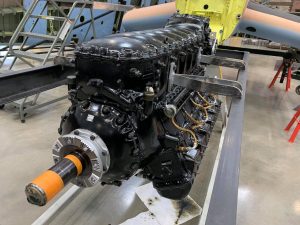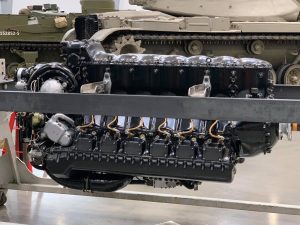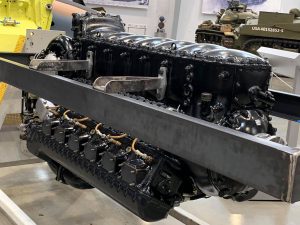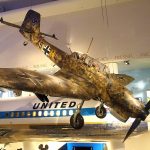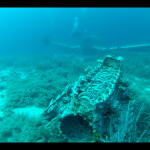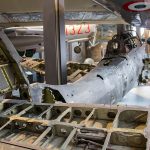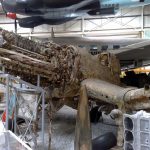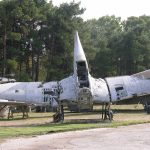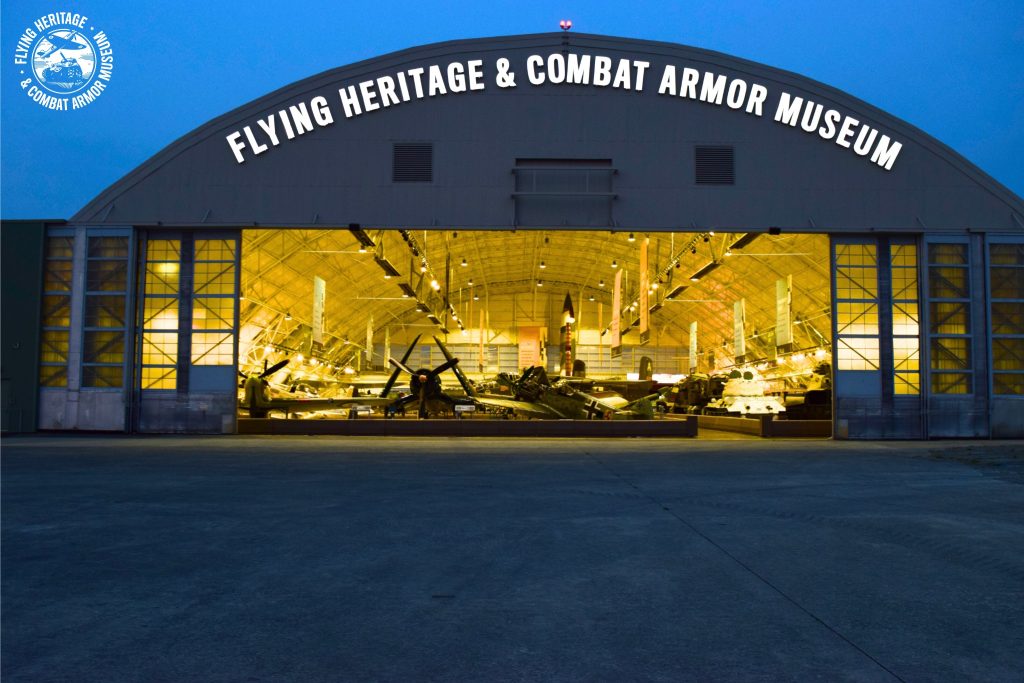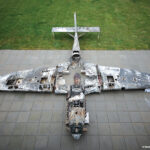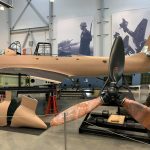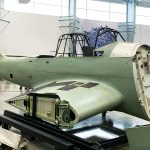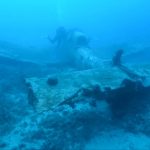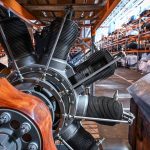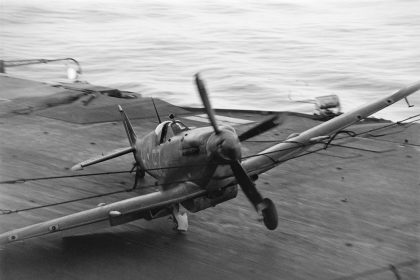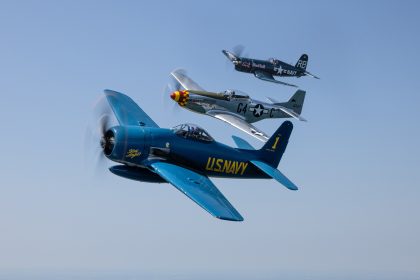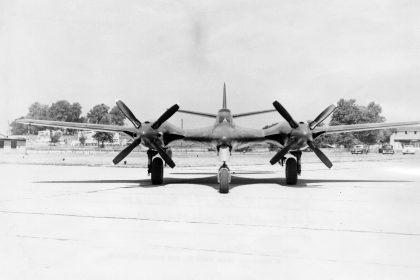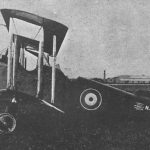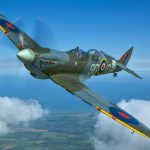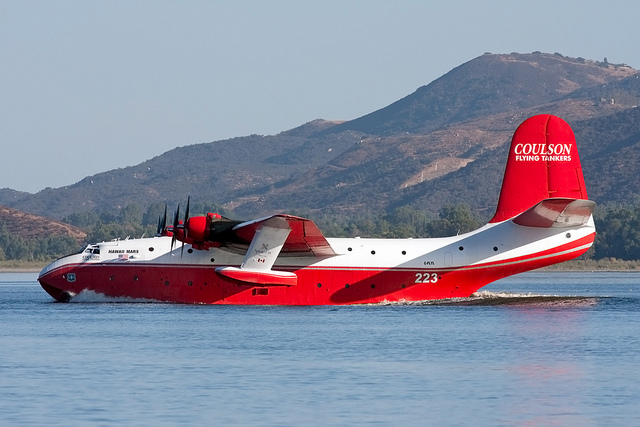**Article updated at the bottom on July 1st.** On June 27, 2025, the Flying Heritage & Combat Armor Museum (FHCAM) shared an exciting update on one of its most iconic restoration projects—the Junkers Ju 87 Stuka. Now fully created and ready for transport, the aircraft departed FHCAM for The Roost, a new aviation company in Bentonville, Arkansas, founded by Jason Muszala and Steuart Walton, which specializes in warbirds, where its restoration to airworthy condition will continue. It’s important to note that the Flying Heritage & Combat Armor Museum (FHCAM) is now owned and operated by the Wartime History Museum, a 501 (c) (3) non-profit organization founded by Steuart Walton.
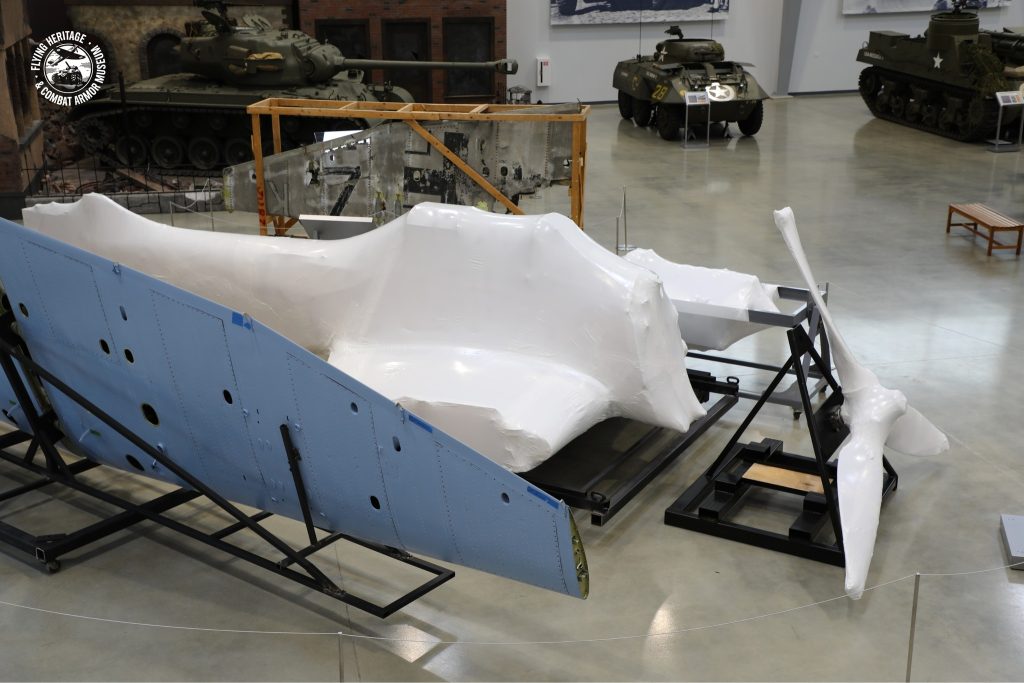
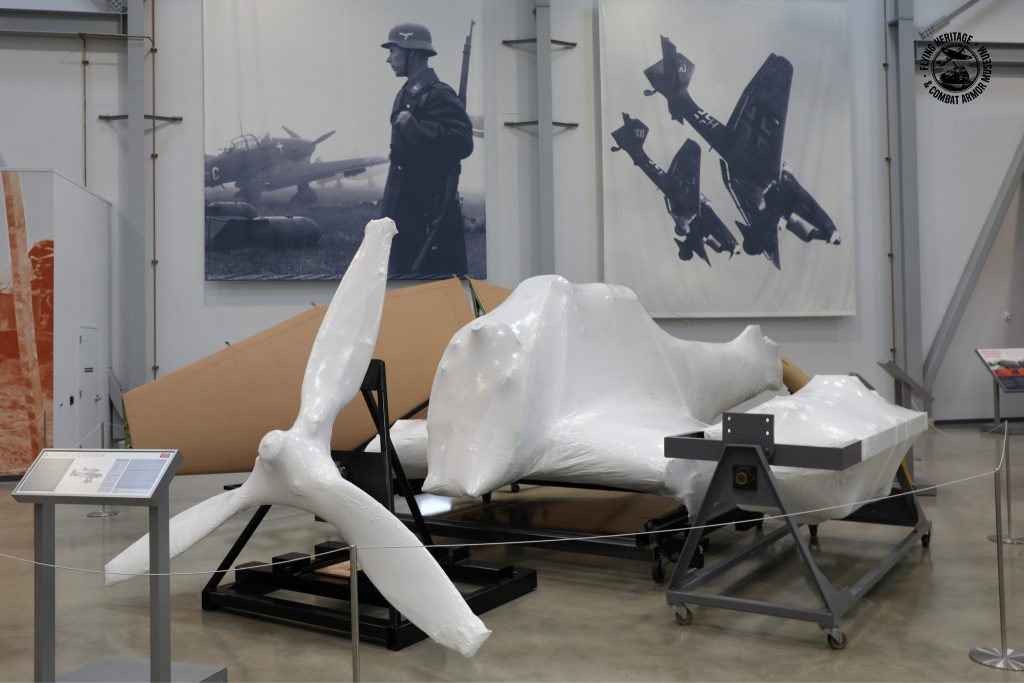
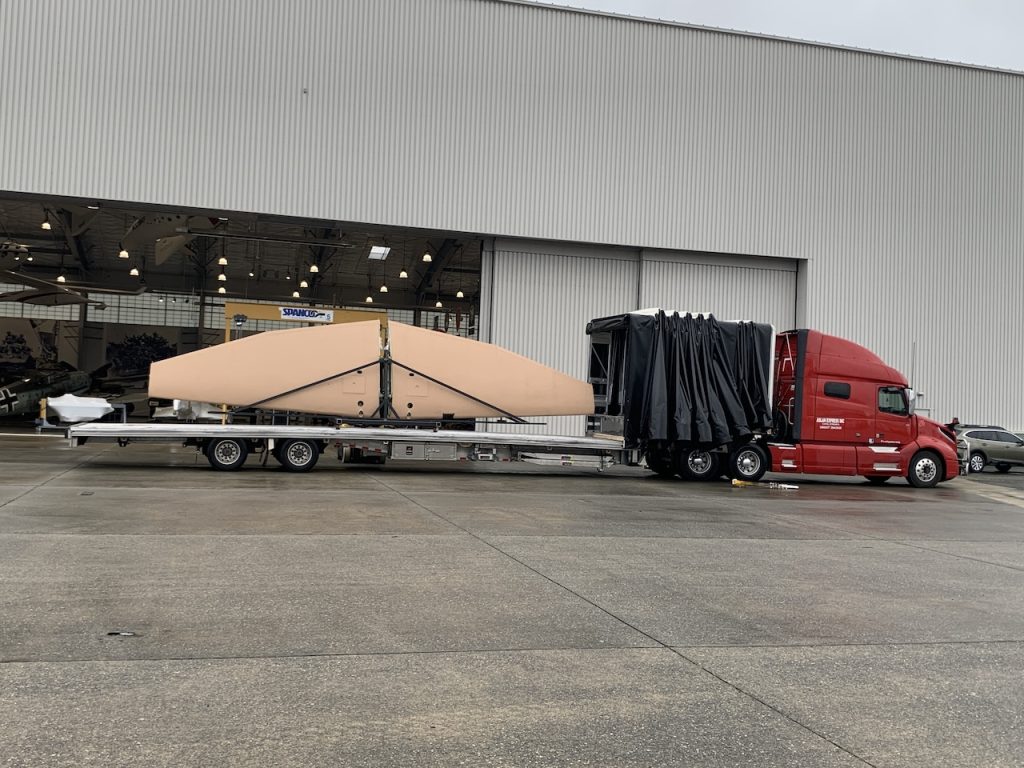
FHCAM’s Stuka restoration centers on the remains of Ju 87R-2, works number 5709, though it incorporates components from multiple airframes. The R-2 model was a long-range development of the Ju 87B, distinguished by the addition of an auxiliary oil tank and plumbing for underwing drop tanks, which extended the aircraft’s range by up to 220 miles. The reinforced fuselage of the R-2 allowed for higher-speed dives—up to 370 mph—making it well-suited for anti-shipping missions, though it served a variety of roles throughout the war.
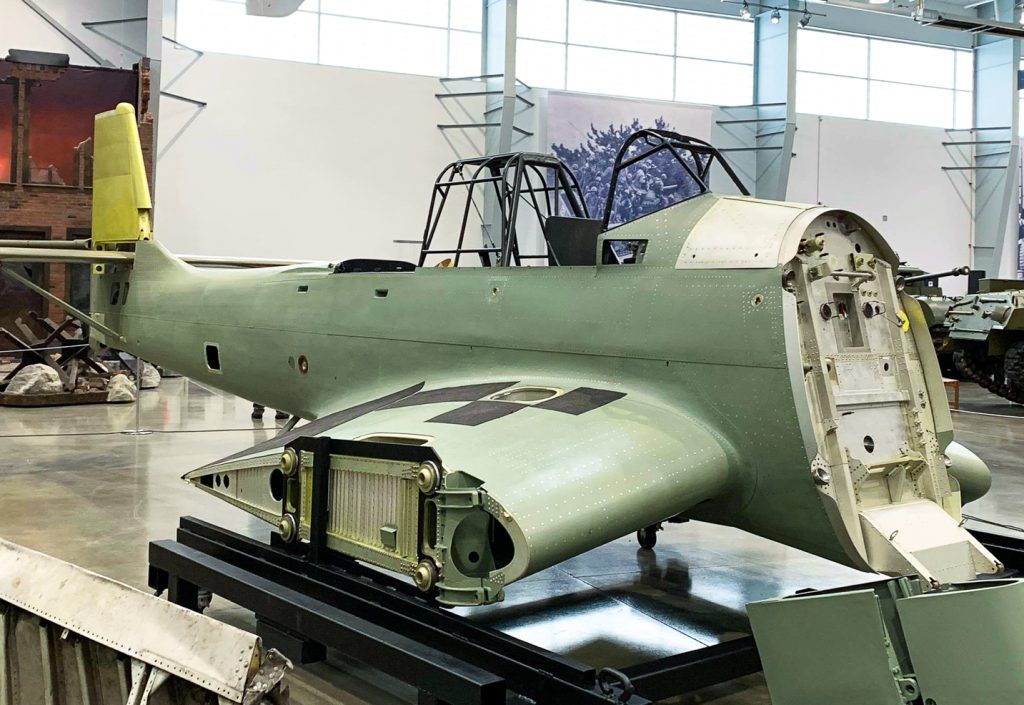
Wk.nr. 5709 was built under license by Weser Flugzeugbau GmbH in Bremen in May 1940. Originally destined for North African operations, it was instead deployed to the Eastern Front. The aircraft served with I./St.G.5 and bore the markings L1+KU. On May 28, 1942, it crashed near Motowski Bay in the Murmansk region during the German campaign in the Soviet Union. The crew, pilot Lt. Eberhardt Klauck and observer OGefr. Hans Hüllen reportedly survived, though there is speculation that Hüllen may have been taken prisoner. The Stuka was severely damaged in the crash, and the crew is believed to have bailed out before impact.
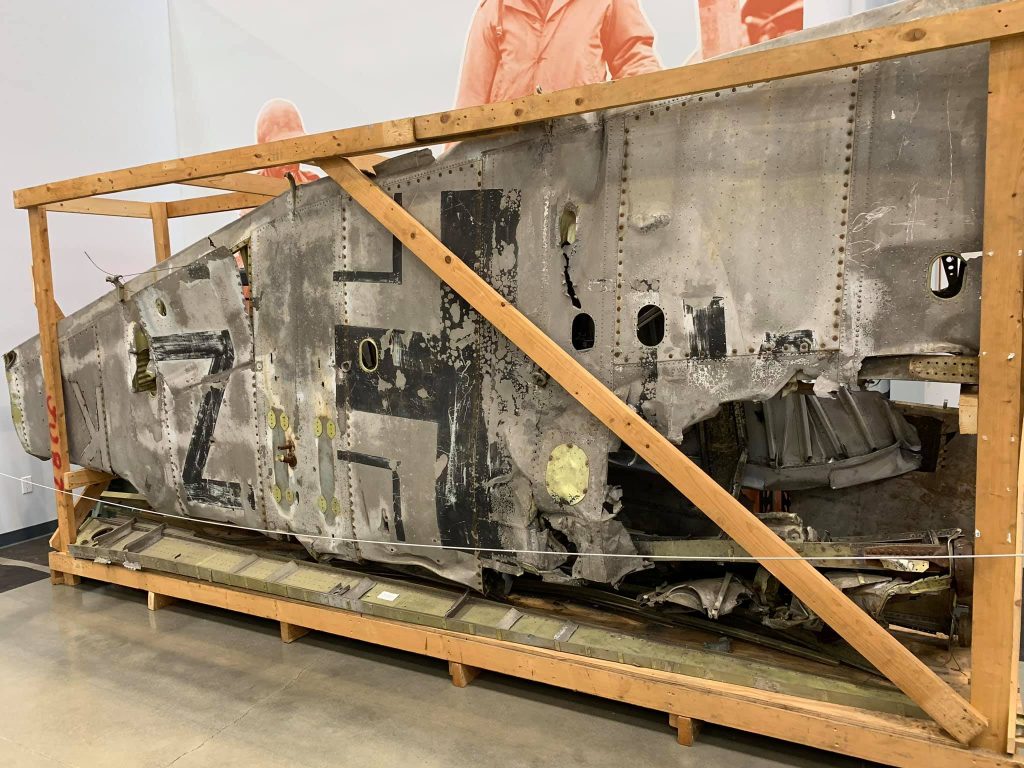
The wreckage remained undisturbed in the remote Russian tundra for more than 50 years before being rediscovered in 1996. It was subsequently recovered and imported to the United Kingdom in 1998. The Deutsches Technikmuseum in Berlin later acquired the remains, one of several Ju 87 projects in its collection. Around 2004, the aircraft transitioned to FHCAM’s stewardship, where it entered a long-term, largely behind-the-scenes restoration effort.
Now that the airframe’s structural restoration is largely complete, the remaining work will continue at FHCAM’s new restoration site, with hopes of completing the aircraft within the next few years. Notably, Mike Nixon in Tehachapi, California, has been entrusted with overhauling the rare Junkers Jumo 211 powerplant. Once completed, the engine will likely be the first operational Jumo 211 to fly in over 50 years.
Although a lot of the structure is clearly newly-manufactured, when it is done, this Stuka will be only the third complete example of the breed in the world, with the other two being Ju 87G-2 wk.nr.494085 at the Royal Air Force Museum in London, England and Ju 87R-2/Trop wk.nr.5954 at the Museum of Science & Industry in Chicago, Illinois. The substantial remains of at least three other Stukas exist in other museums presently, and a couple of largely intact wrecks remain underwater in the Mediterranean. However, a fourth example will eventually be completed. In December 2023, the American Heritage Museum announced the airworthy restoration of a Ju-87D-5, as previously reported by Vintage Aviation News, which will have a Junkers-Jumo 211 as well. A recent update about this restoration was published on June 19, 2025 [Click HERE].
FHCAM’s Ju 87 restoration is not only a technical achievement but also a tribute to aviation history. As the project enters its final stages, anticipation continues to build for the day this rare Luftwaffe dive bomber takes to the skies once more. For more information about the Flying Heritage & Combat Armor Museum, visit www.flyingheritage.org.
Update as of July 1, 2025: We just received an image from Adrian Hunt, Executive Director of the Flying Heritage & Combat Armor Museum. The Junkers Ju 87 Stuka departed FHCAM on June 27 and has now arrived at The Roost, a new aviation company in Bentonville, Arkansas, founded by Jason Muszala and Steuart Walton.
